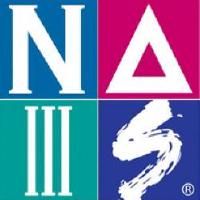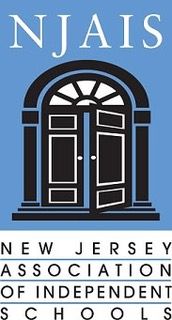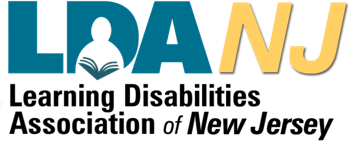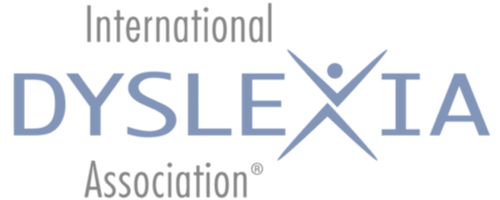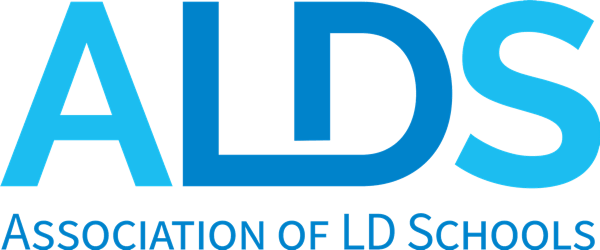Throughout the year, I have written about strengths-based education for students with exceptionalities, the importance of developing a strong sense of self-efficacy and creating safe, nurturing, positive spaces for learning. Each is related to the broader educational implications of our mindset around disability. Something I think about often is how schools would function if rather than viewing learning disabilities, as deficits, we viewed them as part of the natural variations of the human genome? Sometimes called the social model of disability, the person-environment-fit, or even the neurodiversity model, this view holds that dyslexia or specific learning disability, for example, is merely but one component of identity and functioning, not its totality, and is best defined as the “gap between a person’s capacities and the demands of the environment” (Wehmeyer, 2020). An example of this framework is a student who struggles with reading and is presented only with print curricular resources. By providing one means to access the curriculum the student is hampered in how much they are able to learn. However, this same student, presented with speech-to-text technology or audiobooks now has access to learn more substantially. The person is still the same, the environment shifted.
By moving our thinking from disability as a deficit or something needing to be fixed or cured to a model built more on capacity-building and environmental changes to support learning, a student’s educational experiences are enhanced and their strengths are leveraged for deeper learning and meaning-making. Students benefit from teachers who provide multiple means of representation, multiple means of expression and action, and multiple means of engagement to meet their students’ individual needs. A simple example is the use of a graphic organizer with reduced text to bridge the gap between challenges with reading comprehension and the student’s ability to recall information in an ordered sequence. Fundamental competencies, such as literacy skills like inference making at the paragraph level, are not ignored but addressed. Couple that foundational work with multiple access points to curriculum that matches the increased demands of literacy throughout the school years and the needs of the individual and we have lessened the gap between ability and environment. Daily, The Craig School balances the educational needs of our students by providing ample instructional time for addressing their greatest needs while also supporting the development of strengths, all the while recognizing that our students are fully human, ever-evolving, and full of ability.
Within this new mindset, the language we use and the labels we attach to differences are also important factors to consider. A glance at the above two paragraphs highlights the use of the word “disability” as a common descriptor. We function in a world where to get the supports and services that our students need, they are “classified” and this happens after identification of a disorder or disability. This practice of labeling inherently impacts how one thinks of themself and how one is perceived by others. In turn, educational decisions regarding when students are “ready” to learn and in what ways they are capable of learning follow.
What I am so proud of at The Craig School is that we cultivate and support our students’ positive identities as learners. We partner with you to build their capacity through targeted, personalized learning experiences that remove barriers to learning. Finally, we design the broader curriculum to allow for greater access and participation from each of our students. Our students recognize they are capable of so much more than the limiting beliefs they may have once experienced.
I leave you with this powerful statement of truth-telling from Rapport-Schlichtmann, Boucher, and Evans (2018) that applies to all disability types:
The challenges of dyslexia are real, but they are limiting only to the extent that we allow them to be. The moment we start defining a person by deficits, we undermine their capacity to be successful, and there is no space to develop strengths and positively adapt. If we instead build the capacity of students with dyslexia to improve on their areas of weakness, as well as build on their individual and unique areas of strength, we begin to create the foundation for thriving in learning and life.
For more information on ways of giving or to make a donation online you can clicking here.
